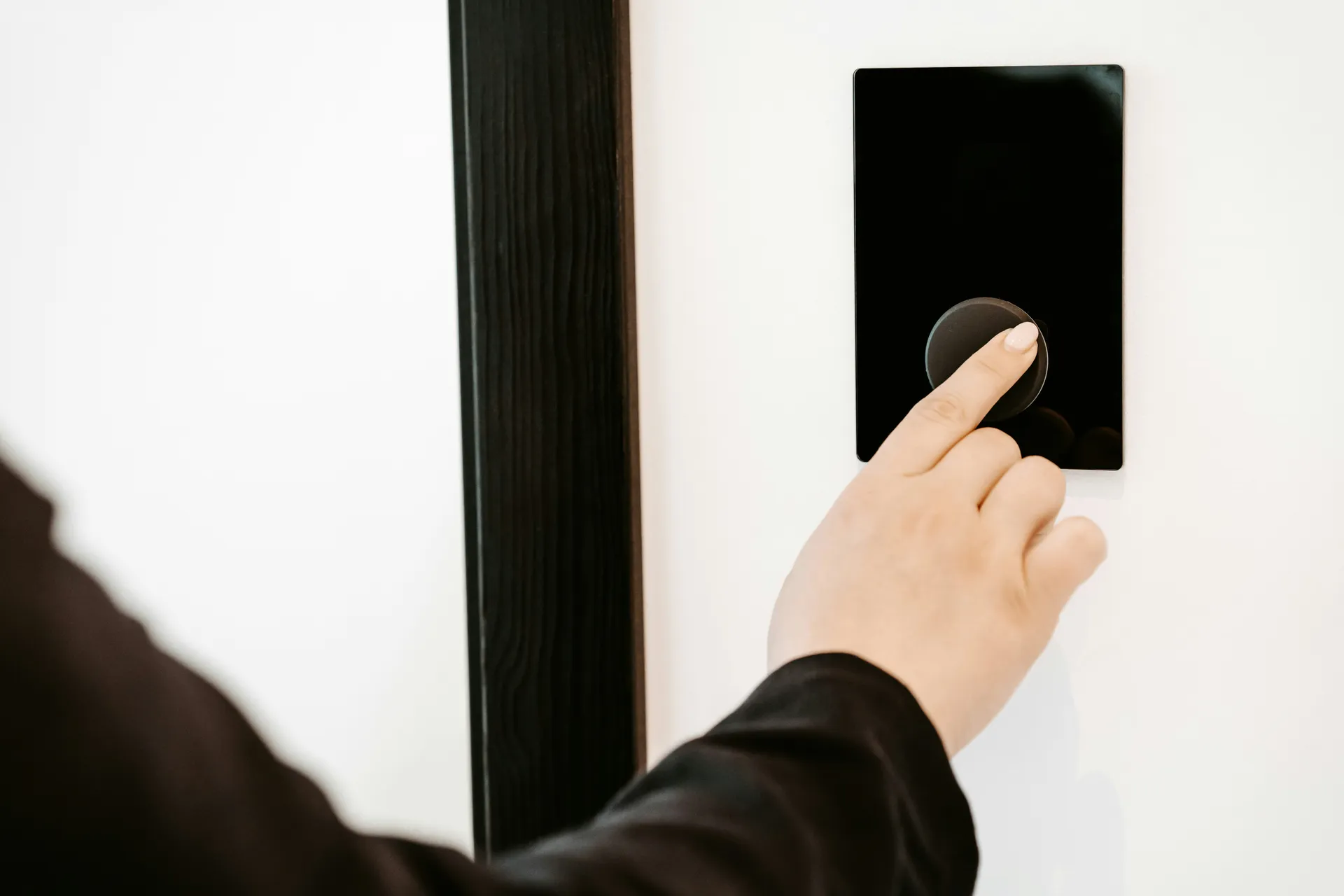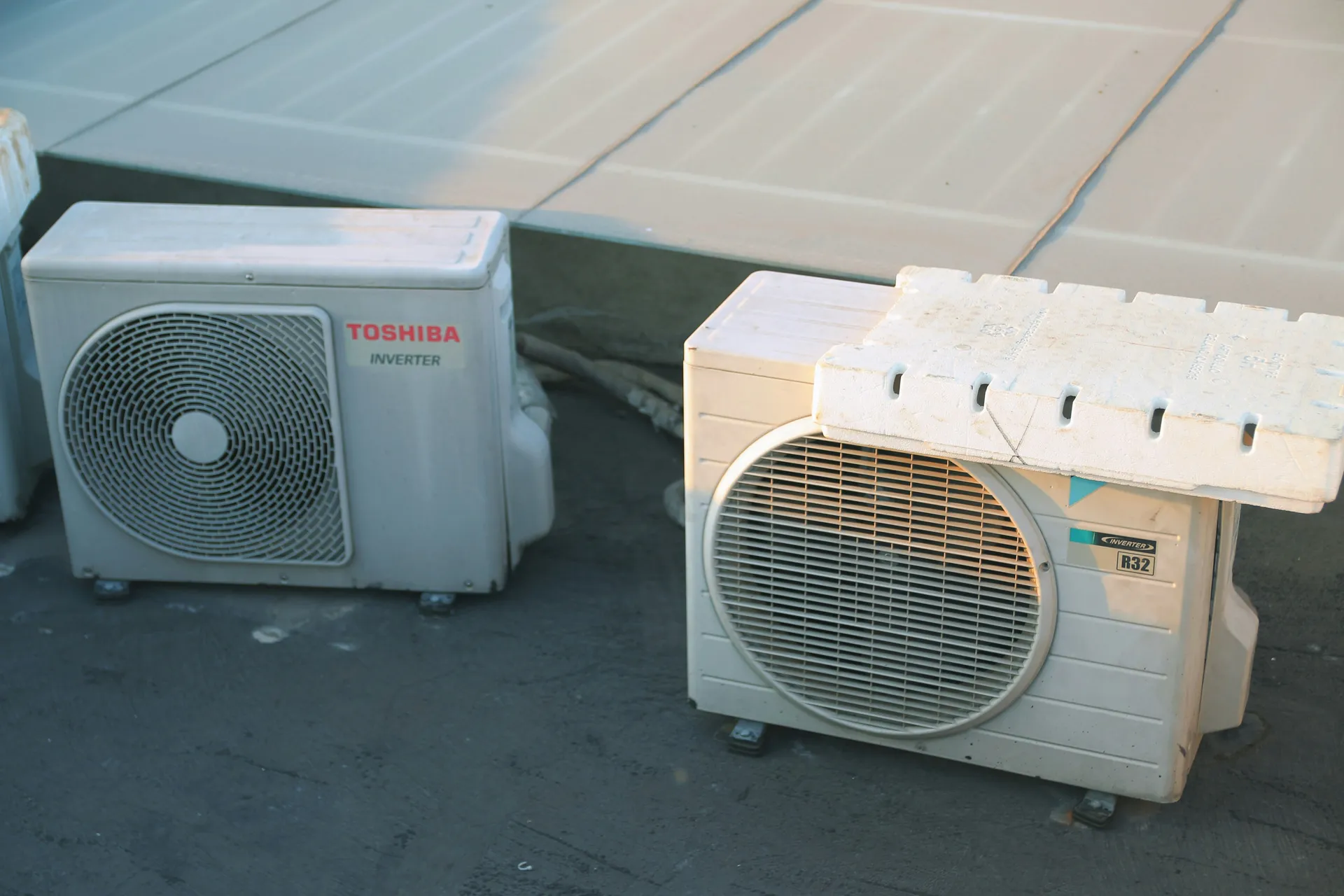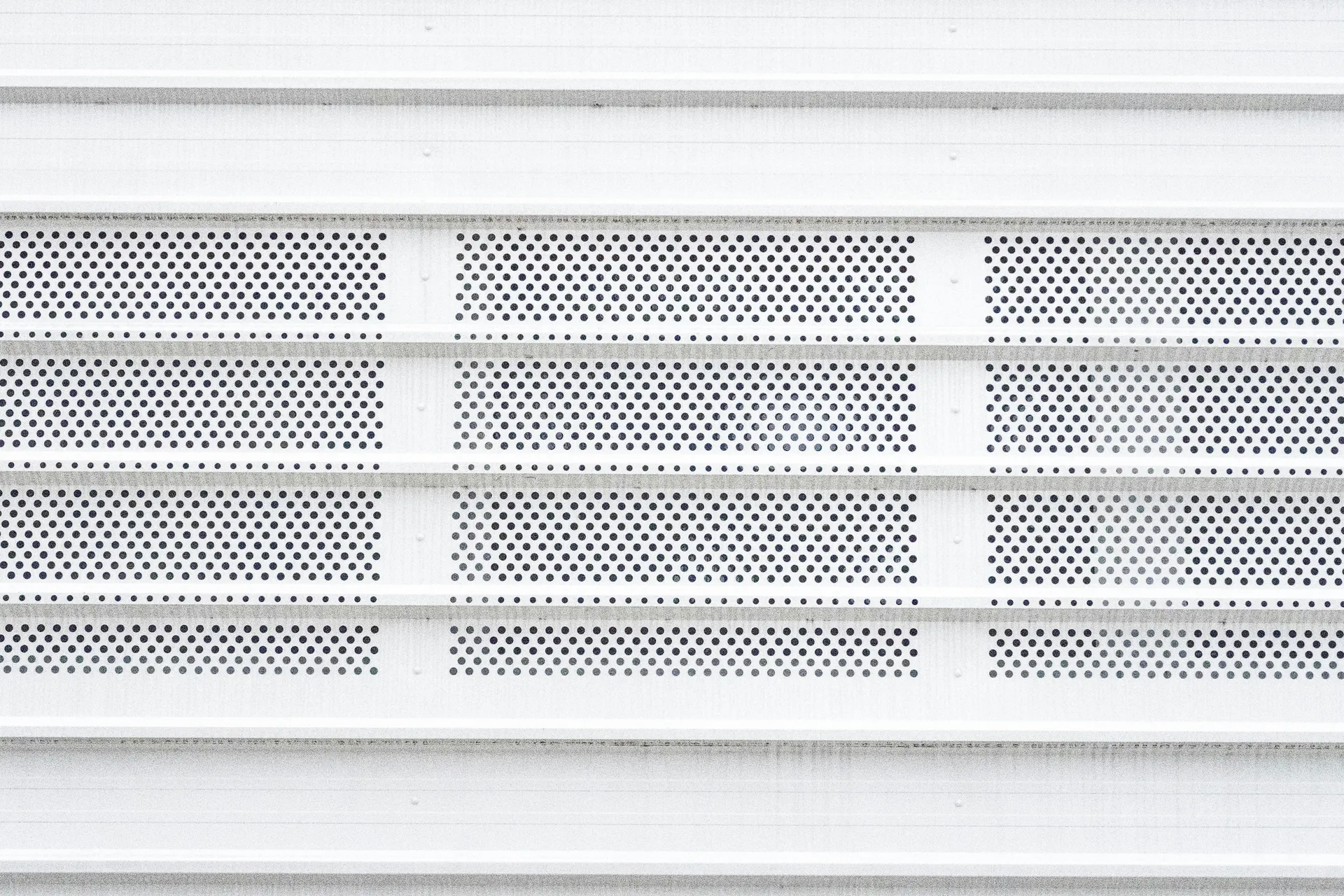
Cool or Heat? Understanding Your Thermostat's Auto, Cool, and Heat Settings
Staring at your thermostat and wondering what the ‘Auto,’ ‘Cool,’ and ‘Heat’ settings really do? You’re not alone! As an HVAC tech, it’s one of the most common questions I get. Let’s break it down simply so you can maximize your comfort and maybe even save some money.
Think of this guide as your personal cheat sheet to becoming the boss of your home’s climate.
Key Takeaways
- Cool Mode is exclusively for air conditioning in the summer.
- Heat Mode is exclusively for your furnace or heat pump in the winter.
- Auto Mode is your “set it and forget it” option for mild seasons like spring and fall, automatically switching between heating and cooling.
- A 4-5°F gap between your heat and cool setpoints in Auto mode is crucial to prevent energy waste and system strain.

Cool Mode: Your AC’s Green Light
Think of Cool Mode as your air conditioner’s dedicated “on-duty” setting. It’s straightforward: when this mode is active, your thermostat will only communicate with your air conditioning (AC) unit.
When the room temperature climbs above your setpoint, the thermostat gives the AC the “green light” to turn on and blow cool air. Once the desired temperature is reached, it shuts off. Simple as that.
Best for: Hot, humid summer days when your one and only mission is to stay cool and comfortable. There’s no ambiguity here—just reliable cooling.
Heat Mode: Your Furnace’s Go-Ahead
Just like Cool Mode is for your AC, Heat Mode is the dedicated setting for your furnace or heat pump. This is your “green light” for warmth.
In this mode, your thermostat only pays attention to your heating system. If the indoor temperature drops below your setpoint, the heat kicks in. It’s the go-to setting for keeping your home cozy and warm.
Best for: Chilly autumn nights and cold winter months when staying warm is the top priority.
Auto Mode: Your Thermostat’s Cruise Control
This is where the magic happens, and also where most of the confusion comes from. Think of Auto Mode as your thermostat’s “cruise control.” It’s the only mode that allows the thermostat to intelligently manage both your heating and cooling systems simultaneously.
Here’s how it works: you set two temperatures—a low point for heating and a high point for cooling.
- If the room gets warmer than your high setpoint (e.g., 73°F), the AC turns on.
- If the room gets colder than your low setpoint (e.g., 68°F), the heat turns on.
- If the temperature stays within that range, the system rests.
Best for: Spring and fall. Those tricky seasons with cool mornings and surprisingly warm afternoons are where Auto Mode truly shines. It provides “set it and forget it” convenience.
Auto vs. Manual (Cool/Heat): Which Is Right for You?
So, which should you use? It really comes down to convenience versus direct control. Let’s put them head-to-head.
Auto Mode
Manual Modes (Cool / Heat)
My Pro-Tips for Perfect Settings
As your friendly neighborhood HVAC tech, here are a couple of pointers I always share with my clients.
The single biggest mistake I see with Auto mode is setting the heating and cooling temperatures too close together. Give your system some breathing room! A 4-5 degree gap is the sweet spot. For example, set your heat to 68°F and your cool to 73°F. This little buffer prevents your system from constantly fighting itself, which saves you money and reduces wear and tear.
A Quick Word on Fan Settings
You’ll also see Fan Auto and Fan On. For 99% of situations, you want Fan Auto. This means the fan only runs when your heating or cooling system is actively running. Fan On means the fan runs 24/7, which can significantly increase your electricity bill.
And that’s it! You’ve graduated from Thermostat 101. By understanding these simple settings, you’re in complete control of your home’s climate and your energy bills.


